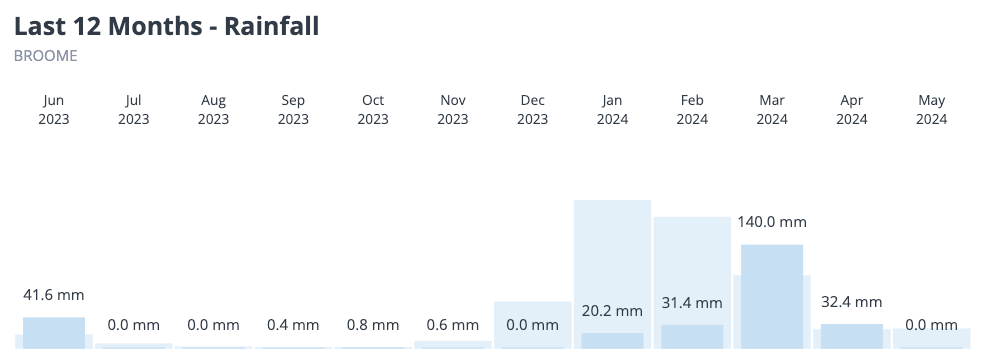There’s a feature on this week’s weather charts which we haven’t seen for many months in Australia and which is a sign that winter is almost upon us: a northwest cloudband.
- Northwest cloudbands are vast layers of cloud that flow over Australia from the northwest. Once fully developed, the cloudband stretches across the country like a sash from the northwest to the southeast.
- Northwest cloudbands form when humid and warm tropical air over the Indian Ocean moves towards the southeast. As this warm and humid air moves further south, it rises over cooler air in the mid-latitudes and produces clouds.
READ MORE: WHAT IS A NORTHWEST CLOUDBAND?
Usually, northwest cloudbands produce rain – sometimes light, sometimes quite heavy – but usually rain of the steady, soaking variety rather than the bursts of showers which typically lash southern Australia from southwesterly cold fronts.

The chart above shows one prognosis for rain produced by this week’s northwest cloudband in the 24 hours to 10 pm this coming Thursday.
For parched parts of Western Australia, South Australia, Victoria and inland NSW, this is a welcome forecast.
Coastal parts of northwest WA had very little rain during the wet season this year. Broome has recorded 228mm so far in 2024, 310mm short of average. Port Hedland has had a measly 35mm, compared to its January to May average of 246mm.

For now, it appears that at least some rain is coming to areas of SA, Vic, NSW and Tas that desperately need it and we’ll keep you updated on this system throughout the week.
Miningzone, by DTN APAC, is the only weather tracking and alerting solution purpose-built for the resources sector. To find out more, please visit our website or email us at apac.sales@dtn.com.





